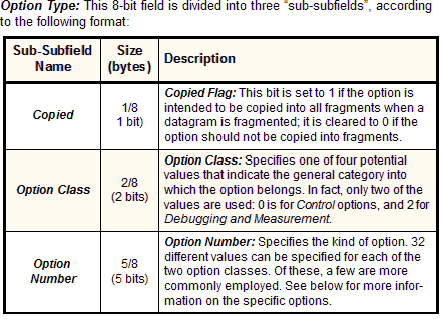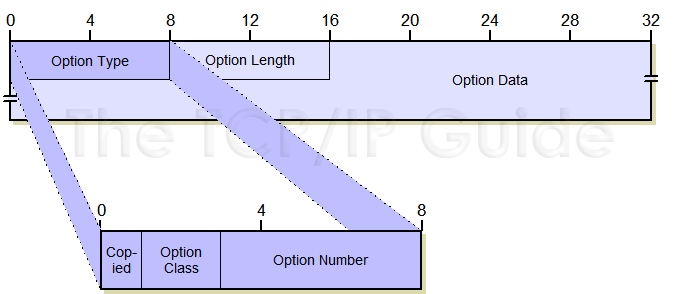 |
|
Please Whitelist This Site?
I know everyone hates ads. But please understand that I am providing premium content for free that takes hundreds of hours of time to research and write. I don't want to go to a pay-only model like some sites, but when more and more people block ads, I end up working for free. And I have a family to support, just like you. :)
If you like The TCP/IP Guide, please consider the download version. It's priced very economically and you can read all of it in a convenient format without ads.
If you want to use this site for free, I'd be grateful if you could add the site to the whitelist for Adblock. To do so, just open the Adblock menu and select "Disable on tcpipguide.com". Or go to the Tools menu and select "Adblock Plus Preferences...". Then click "Add Filter..." at the bottom, and add this string: "@@||tcpipguide.com^$document". Then just click OK.
Thanks for your understanding!
Sincerely, Charles Kozierok
Author and Publisher, The TCP/IP Guide
|
|
|

Custom Search
|
|
IP Datagram Options and Option Format
(Page 1 of 3)
All IP datagrams must include the standard 20-byte header, which contains key information such as the source and destination address of the datagram, fragmentation control parameters, length information and more. In addition to these invariable fields, the creators of IPv4 included the ability to add options that provide additional flexibility in how IP handles datagrams. Use of these options is, of course, optional. J However, all devices that handle IP datagrams must be capable of properly reading and handling them.
The IP datagram may contain zero, one or more options, which makes the total length of the Options field in the IP header variable. Each of the options can be either a single byte long, or multiple bytes in length, depending on how much information the option needs to convey. When more than one option is included they are just concatenated together and put into the Options field as a whole. Since the IP header must be a multiple of 32 bits, a Padding field is included if the number of bits in all options together is not a multiple of 32 bits.
Each IP option has its own subfield format, generally structured as shown in Table 58 and Figure 87. For most options, all three subfields are used: Option Type, Option Length and Option Data. For a few simple options, however, this complex substructure is not needed. In those cases, the option type itself communicates all the information required, so the Option Type field appears alone, while the Option Length and Option Data subfields are omitted.
Subfield Name |
Size (bytes) |
Description |
Option Type |
1 |

|
Option Length |
0 or 1 |
Option Length: For variable-length options, indicates the size of the entire option, including all three subfields shown here, in bytes. |
Option Data |
0 or Variable |
Option Data: For variable-length options, contains data to be sent as part of the option. |
|
|
| |||||||||||||||||||
Home - Table Of Contents - Contact Us
The TCP/IP Guide (http://www.TCPIPGuide.com)
Version 3.0 - Version Date: September 20, 2005
© Copyright 2001-2005 Charles M. Kozierok. All Rights Reserved.
Not responsible for any loss resulting from the use of this site.







